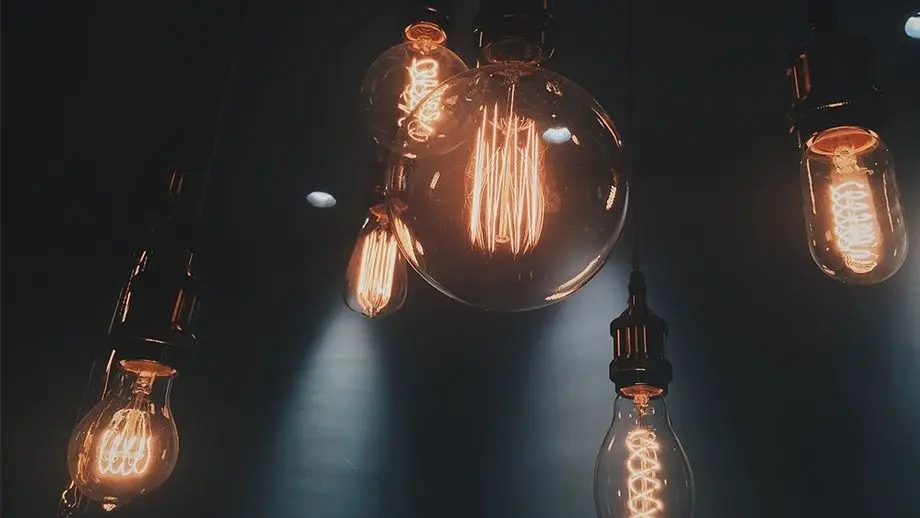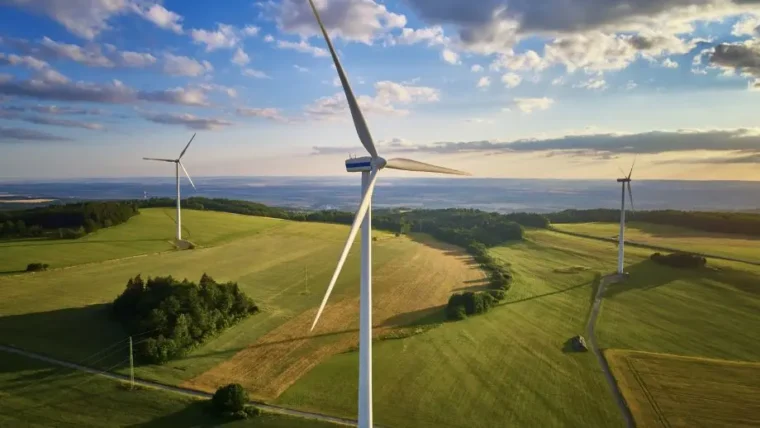What are the Top 5 things I can do to Save Energy?
15 June 2016

With legislation such as the Energy Opportunities Savings Scheme (ESOS), and rising energy prices, there has never been so much focus on energy efficiency and savings. But what can businesses do, at low cost, to save energy? This blog will look at the top 5 things that you can do in your office environment.
- Know what you are consuming
As the saying goes, you can’t reduce what you’re not measuring. Knowing where you use energy and how much is essential for addressing the best opportnities to conserve energy. If you have had to comply with the Energy Savings Opportunities Scheme, you will already know what you’re consuming. If not, it is worth investing a bit of time identifying what you are consuming and what your most energy intensive activities are. Once you have a benchmark, you can start looking at improvements. You can also look at how energy is used at different times of the day and seasonally. Once you know your regular consumption, if you notice an increase without an obvious answer, you will know it needs investigating.
- Regular checks
Keeping on top of your maintenance is essential to ensure everything is working as efficiently as possible and to avoid future problems. If you do regular walk arounds for health and safety for example, you could add checks for any maintenance issues. You could even add checks on whether equipment is being used correctly and switched off when not in use. If you don’t have regular checks, you could think about introducing them to your workplace.
- Heating
Heating typically accounts for half of the energy used in offices (Carbon Trust, 2013) and many offices are overheated that can waste money and be uncomfortable. This can be caused by heating unoccupied areas (such as corridors) to the same temperature as occupied areas or through excessive heat loss e.g. through windows and doors. Quite often areas are heated when people aren’t even in the building, for example at night or on the weekend. You could save energy by assessing your thermostat controls and make sure that they are altered when needed rather than opening windows when it is too hot. You may also want to invest in improving insulation and drought control.
- Lighting
What kind of lights are you using? Some tubes are more efficient and cheaper to run than others and LED lighting could lead to significant cost savings with a typically long lifetime. You can also assess how your lighting is utilised. Often, large areas are controlled using a single switch so task lighting could be used to light just the working area, or you could look into installing more switches to improve control.
- Switch it off policies
A great saving opportunity is simply switching off equipment when it is not in use. This can include computers, monitors, lights and photocopiers. Most of these things can be switched off overnight and when people go out for lunch. You might ask someone to do a check at the end of the day to ensure everything is switched off.
The first step to becoming a more efficient business is being aware of what you consume and where. Once you know what your most energy intensive activities are, you can look at making improvements to save money and become more efficient. In an office environment, making significant savings doesn’t have to cost a lot of money and can be really easy to implement. Have you taken a look at where you can save energy?









